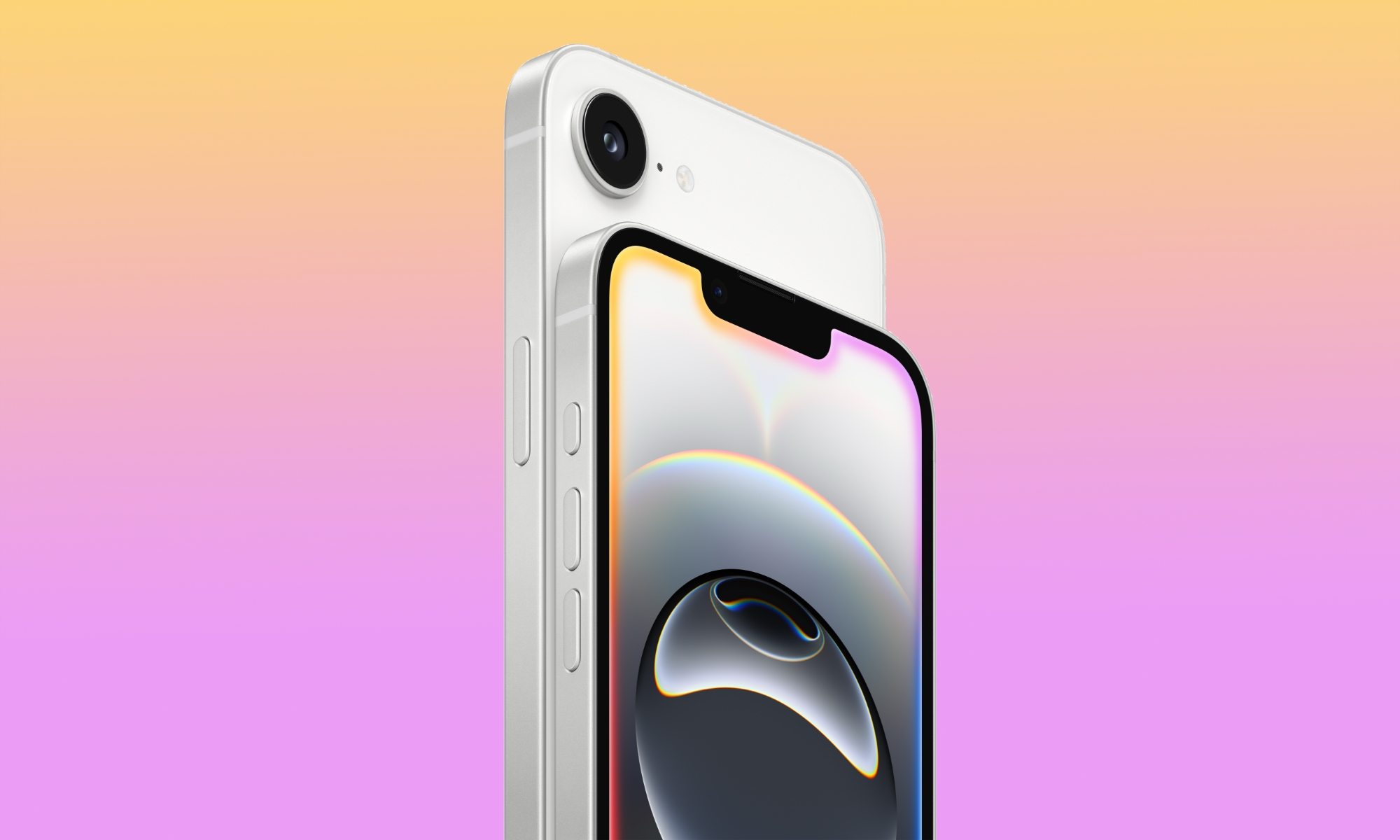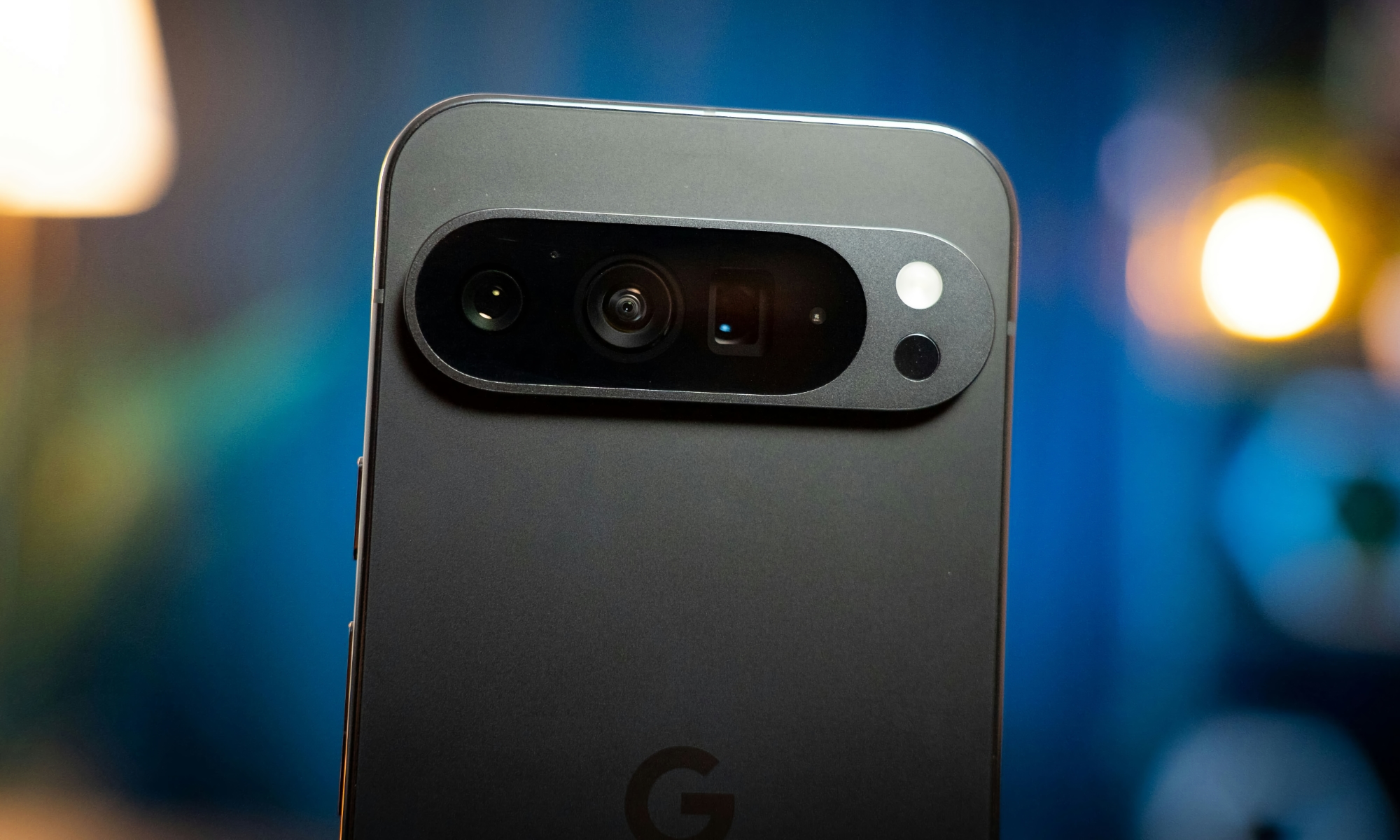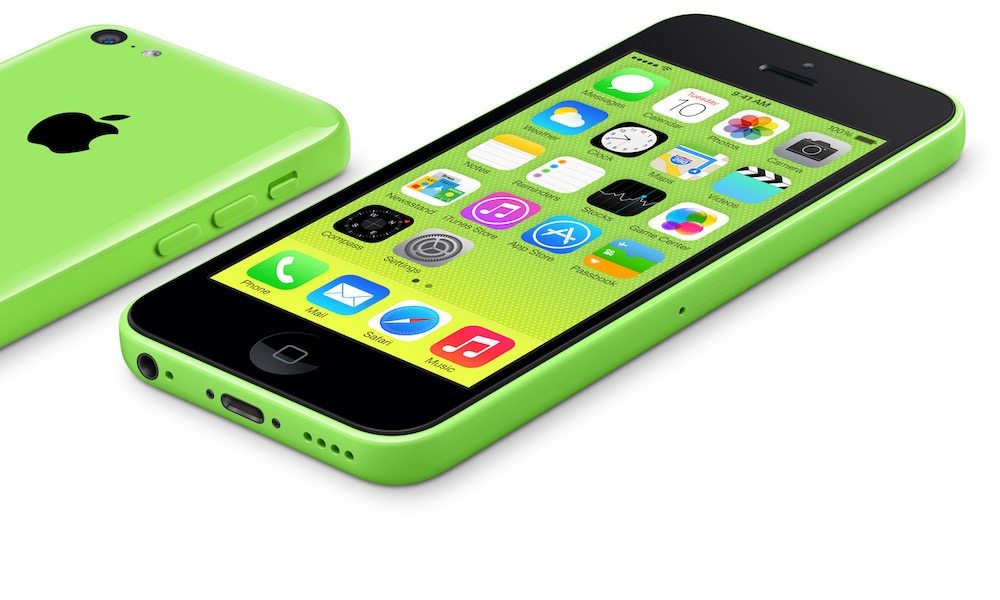Will There Be an iPhone 17e Next Year?
 Credit: Apple
Credit: Apple
Toggle Dark Mode
Apple’s iPhone 16e went on sale today, providing a new low watermark for what now constitutes a “budget” iPhone. While this latest model is the spiritual successor to the iPhone SE in many ways, Apple’s choice to tie it by name into the iPhone 16 family has led to theories that this could be the beginning of a new annual cycle of entry-level iPhones.
It’s a notion that makes sense. As much as Apple likes to keep its lineup simple, the iPhone SE didn’t really do that. By comparison, its two biggest smartphone rivals, Google and Samsung, have long offered a three-tier system for their flagships.
Leaving aside the fact that Samsung also makes a zillion other even lower-end phones, the Galaxy S-series added an S20 “Fan Edition” FE model in 2020. While we didn’t see an FE model each year, it became clear that this was the lower-end entry to match the standard and “Ultra” lineups.
Google began offering a lower-end phone in 2019 with the Pixel 3a, kicking off its A-series. In 2021, it added a “Pro” tier with the Pixel 6 Pro, and has since settled into a cycle of releasing standard and Pro models in the second half of every year followed by the A-series version the following spring. Currently, the lineup includes the Pixel 9, Pixel 9 Pro, and Pixel 9 XL that were released in August, with a Pixel 9a expected to arrive in the next 2–3 months.
If this sounds familiar, it’s because Apple has always followed a similar playbook with the iPhone SE. Even though it’s been an awkward stepchild in the lineup by borrowing a 2.5-year-old design, it always came out around six months after Apple’s September iPhone releases, and incorporated the same chip used in those flagship models. The only catch is that Apple wasn’t releasing these iPhone SE models every year.
The switch to the iPhone 16e has given birth to speculation that Apple could be prepared to make its entry-level iPhone a regular spring event. That’s not a sure thing; Apple still sells the iPhone 15, and until recently also had the 2022 iPhone 14 on the market, so selling an iPhone 16e for another year or two wouldn’t be out of the question. Nevertheless, some leakers are seeing evidence that Apple is already laying the foundation for next year’s “iPhone 17e.”
While there’s not much to go on yet, a post from leaker Fixed Focus Digital on Weibo yesterday claimed that the “e” stands for “economical” and is regarded as the “16 youth version.” The post adds that a new project code has surfaced, which is believed to be the iPhone 17e.
Meanwhile, Consumer Intelligence Research Partners (CIRP) posted on Wednesday that it expects Apple to announce an iPhone 17e around this time next year. However, this appears to be speculation based on Apple following Google’s business model rather than any solid evidence.
It appears that “e” phones may be part of the program going forward. Following the core iPhone 17 model launches in September, we expect Apple to announce an iPhone 17e around this time next year. That would mimic Google’s introduction of “a” models in its Pixel line months after the annual Spring launch of their flagship and Pro models in recent years.
Michael Levin and Josh Lowitz, CIRP
It’s worth noting that while Fixed Focus Digital has a mixed track record for leaks, it was one of the first accounts to correctly report that Apple would call this latest phone the iPhone 16e.
While the evidence is weak, it certainly seems plausible that Apple is at least considering going with an annual e-series cycle. However, it’s also breaking new ground with the iPhone 16e, and there’s no guarantee it’s going to be a breakout success.
As it stands today, the iPhone 16e is a strangely compromised iPhone that appears to have been designed for the sole purpose of providing an affordable gateway into Apple Intelligence. Apple has put the latest A18 chip and 8 GB of RAM inside to get it there, and even given it an Action button so it can be used to summon Visual Intelligence.
It’s also a nice proving ground for Apple’s new C1 modem chip, which is far too new for Apple to risk using in any of its mainstream iPhones. We probably won’t see an Apple modem chip in a flagship model until next year, when the C2 is ready to go into the iPhone 18.
Those are the iPhone 16e’s positive points, but Apple has also made quite a few compromises to get there. The camera naturally falls short of the iPhone 16 (or even the iPhone 15, which still sells for $100 less), and there’s no MagSafe support (which means only 7.5W wireless charging), and no ultra wideband chip for digital key support, HomePod handoff, or precision finding of AirTags and other devices.
Apple could correct some of these omissions in an iPhone 17e next year, or it could stay the course, maintaining that these are perks that its entry-level iPhone doesn’t need. However, as popular as the mainstream iPhone models are, Apple has had its share of flops over the years. The iPhone 5c and iPhone mini are notable examples of models that didn’t take off nearly as well as Apple had expected.
Time will tell if the iPhone 16e succeeds or suffers the same fate. If Apple does have an iPhone 17e in the works, it’s likely it will try another kick at the can, as it did with the iPhone 13 mini, since that new model would already be far enough along in production before the time Apple can truly gauge the reception of the current model. If the iPhone 16e proves popular, Apple may have a third-tier hit on its hands. If not, it will be interesting to see what it tries next.
[The information provided in this article has NOT been confirmed by Apple and may be speculation. Provided details may not be factual. Take all rumors, tech or otherwise, with a grain of salt.]









